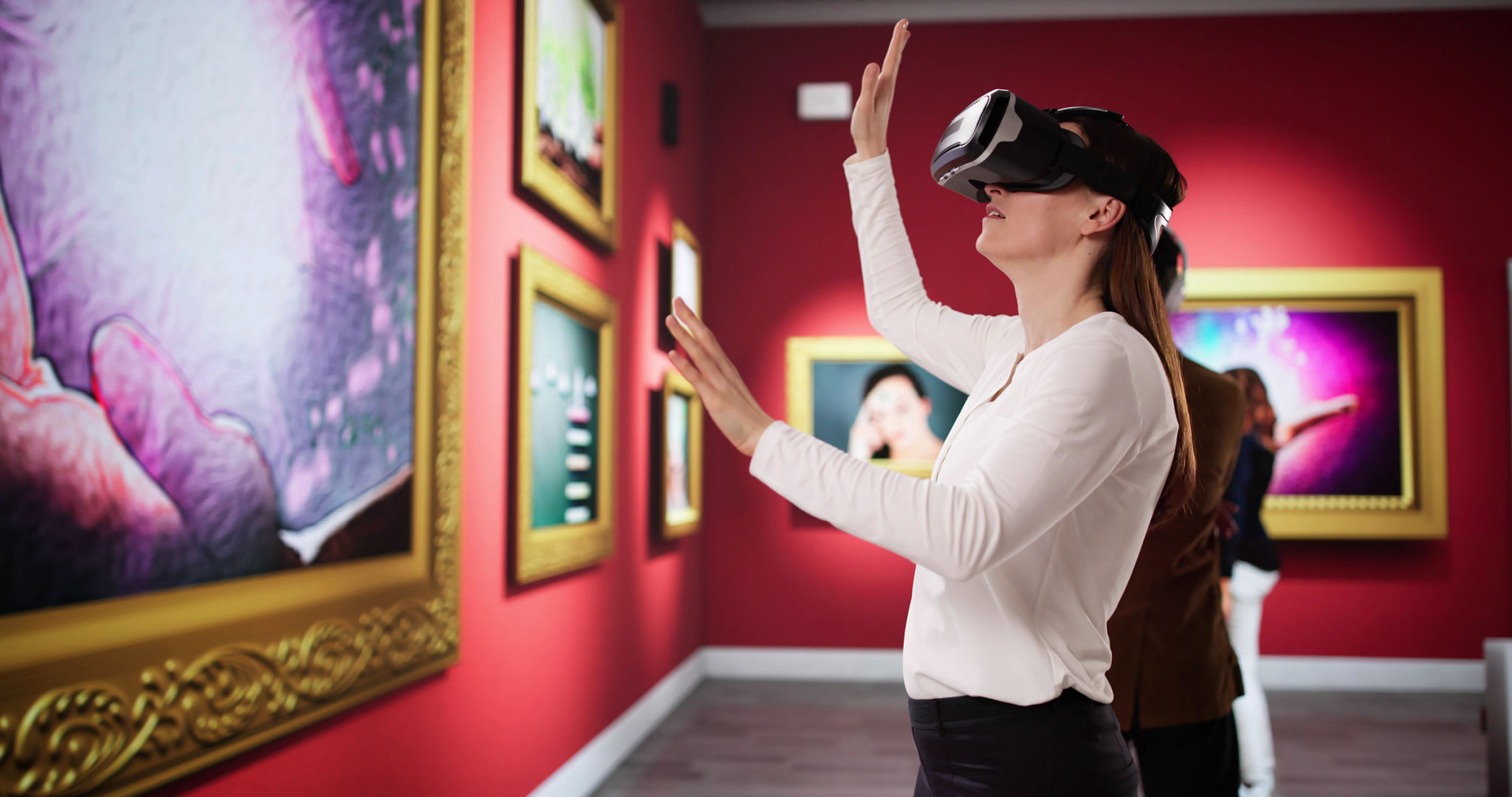The Role of Art Galleries in Supporting Emerging Filipino Artists
Introduction to Art Galleries' Influence
Art galleries play a crucial role in the art ecosystem, serving as a bridge between artists and the public. For emerging Filipino artists, galleries offer more than just a space to exhibit their work; they provide an essential platform for exposure, networking, and growth. This support is vital for new artists who are trying to make a mark in the competitive art world.
While art fairs and digital platforms are gaining popularity, traditional galleries remain a cornerstone of artistic development. They offer curated environments that allow artists to showcase their work in a professional setting, helping to elevate the perception of their art in the eyes of collectors and critics alike.

Nurturing Emerging Talent
Art galleries often take on the role of mentors, guiding emerging artists through the intricacies of the art market. They provide valuable feedback on artistic techniques, help refine concepts, and advise on career development. This mentorship is critical for young artists who are still discovering their unique voices and navigating the complexities of the art industry.
Additionally, galleries often organize workshops and talks that benefit emerging artists. These events not only enhance their skills but also offer opportunities to learn from established artists and industry experts. By fostering a culture of learning and collaboration, galleries contribute significantly to the professional growth of Filipino artists.

Building Networks and Connections
For artists, building a network of contacts is essential for success. Art galleries facilitate introductions to collectors, critics, curators, and fellow artists. These connections can lead to future exhibitions, collaborations, and sales opportunities, which are invaluable for an artist's career.
Galleries also play a key role in promoting artists within the local and international art scenes. By participating in art fairs and exhibitions abroad, galleries help widen the exposure of Filipino artists, paving the way for global recognition. This international outreach is increasingly important as more Filipino artists seek to establish their presence on the world stage.

Promoting Cultural Heritage
Through their exhibitions and programs, art galleries in the Philippines also play a part in preserving and promoting Filipino culture and heritage. By encouraging artists to explore themes related to their identity and history, galleries help ensure that traditional and contemporary Filipino narratives are shared with broader audiences.
This cultural promotion not only enriches the local art scene but also contributes to national pride. It allows emerging artists to draw inspiration from their roots while also pushing creative boundaries, fostering a dynamic and diverse art community.
Challenges Faced by Art Galleries
Despite their essential role, art galleries face several challenges that can impact their ability to support emerging artists. Financial constraints, competition from online platforms, and fluctuating market trends can all pose significant hurdles for galleries striving to maintain their operations.
To overcome these challenges, many galleries are embracing digital transformation by creating online viewing rooms and virtual exhibitions. These innovations allow them to reach wider audiences while continuing to support local talent. By adapting to changing times, galleries can sustain their mission of nurturing new generations of Filipino artists.

Conclusion: A Collaborative Future
The partnership between art galleries and emerging Filipino artists is mutually beneficial. While galleries provide vital resources and opportunities, they also benefit from the fresh perspectives and innovative works that new artists bring. This symbiotic relationship is essential for fostering a vibrant and sustainable art scene in the Philippines.
As we look to the future, it is clear that art galleries will continue to play an integral role in supporting emerging talent. By working collaboratively with artists and embracing new technologies, they can help shape a thriving artistic community that celebrates both tradition and innovation.
